Ambedkar: The man behind India's constitution
- Published
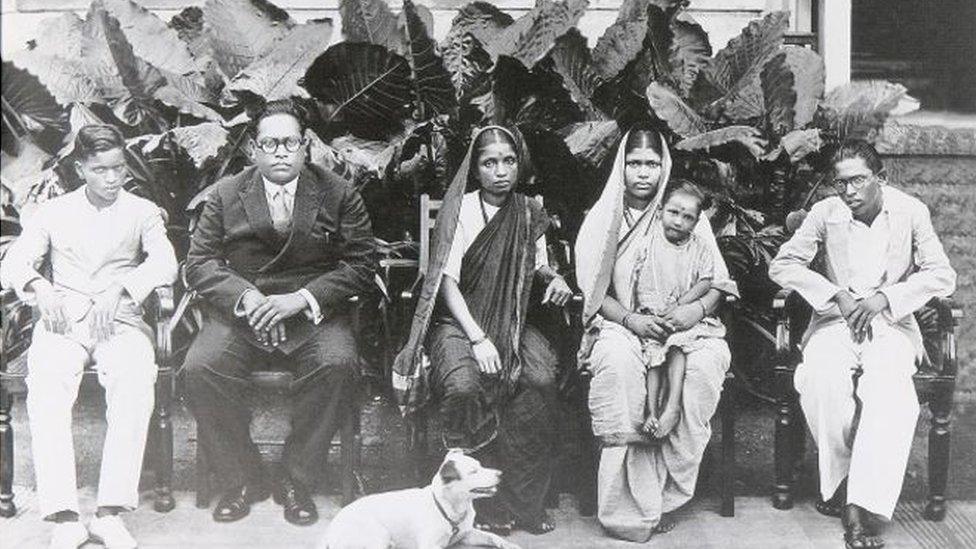
Dr Ambedkar, second from the left, with his family in Mumbai
Wednesday marks the 61st anniversary of the death of Bhimrao Ramji Ambedkar who, after Mahatma Gandhi, is India's most revered leader.
He was the architect of what is probably the world's longest constitution, a legal scholar and a spiritual leader.
Most importantly, he was the undisputed leader of the Dalits (formerly untouchables), who suffered from their lowly position in a harsh caste hierarchy.
He was born on 14 April 1891, part of a family that belonged to the Hindu Mahar community, one of the untouchable castes in India at the time.
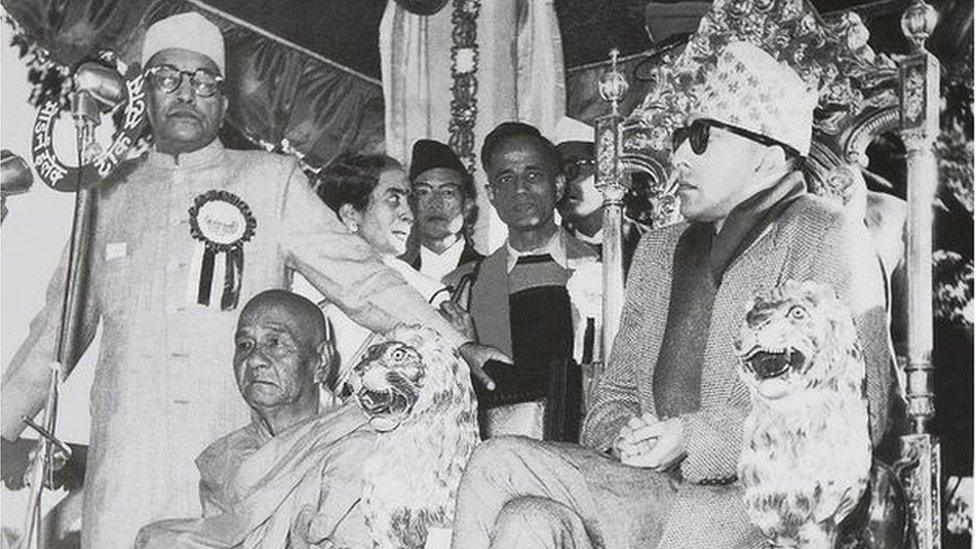
Dr Ambedkar, left, at the Fourth Conference of the World Fellowships of Buddhists, held in 1956 in Nepal
Referred to as the "darling of the dispossessed" by Indian historian Ramachandra Guha, Dr Ambedkar's influence during the colonial era began in the 1920s, when he joined politics.
He was also known for his rejection of Hinduism as a religion that isolated the lower caste. In 1956, he started the Dalit Buddhist movement. This was a radical reinterpretation of traditional Buddhism, which he found to be flawed.
Instead, he coined the term Navayana Buddhism, which was adopted by nearly half a million Dalits at the time.
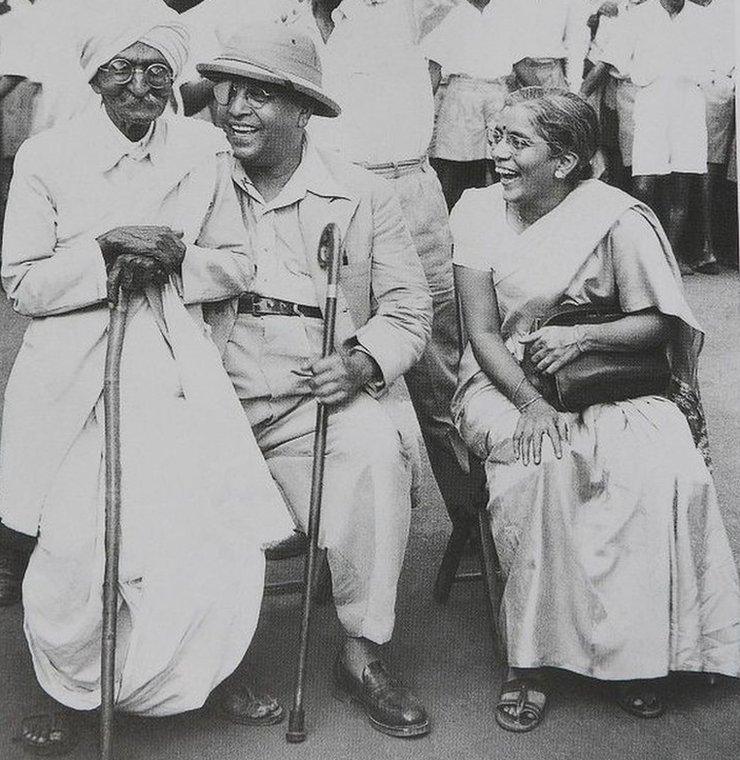
Dr Ambedkar with his second wife Mai Ambedkar and activist Rao Bahadur CK Bole (left) in Mumbai
He was reportedly the first Dalit to gain entry into Elphinstone College, which was affiliated to the University of Bombay. After completing his undergraduate degree, he moved to New York on a scholarship that afforded him the chance to pursue a graduate degree at Columbia University, where he also completed a PhD in economics.
He collected another doctorate from the London School of Economics a year later - a formidable feat, considering the socio-political barriers he had to contend with.
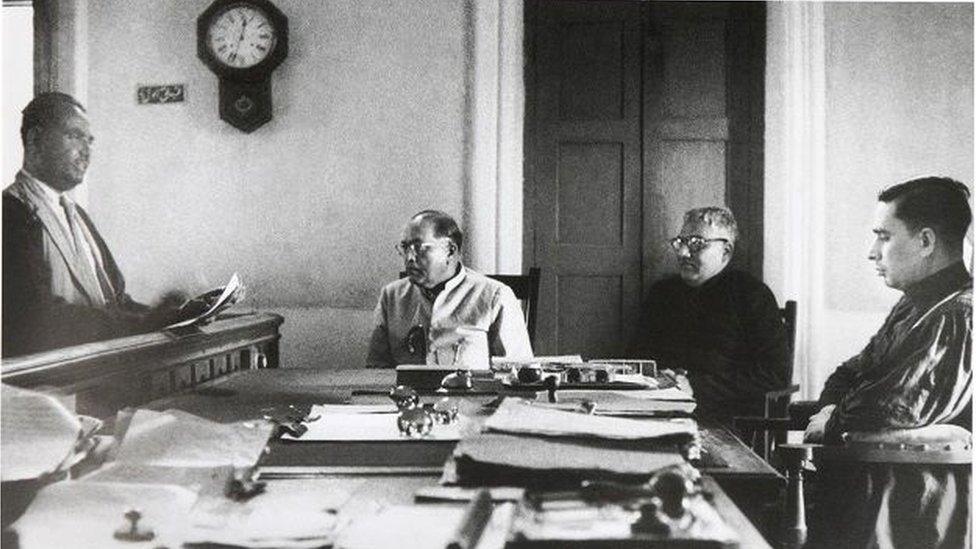
Dr Ambedkar, centre, with individuals from the Bar Association of Aurangabad in western India in 1950
Soon after India gained independence in 1947, Dr Ambedkar became the country's first law minister, and was appointed to write the nation's new constitution.
In government, he argued for broader economic and social rights for women, the case for abolishing untouchability and for the reservation of jobs in civil services and schools for members of the lower castes.
Despite being constitutionally outlawed in 1950, the practice of untouchability and discrimination against lower castes remains widespread.
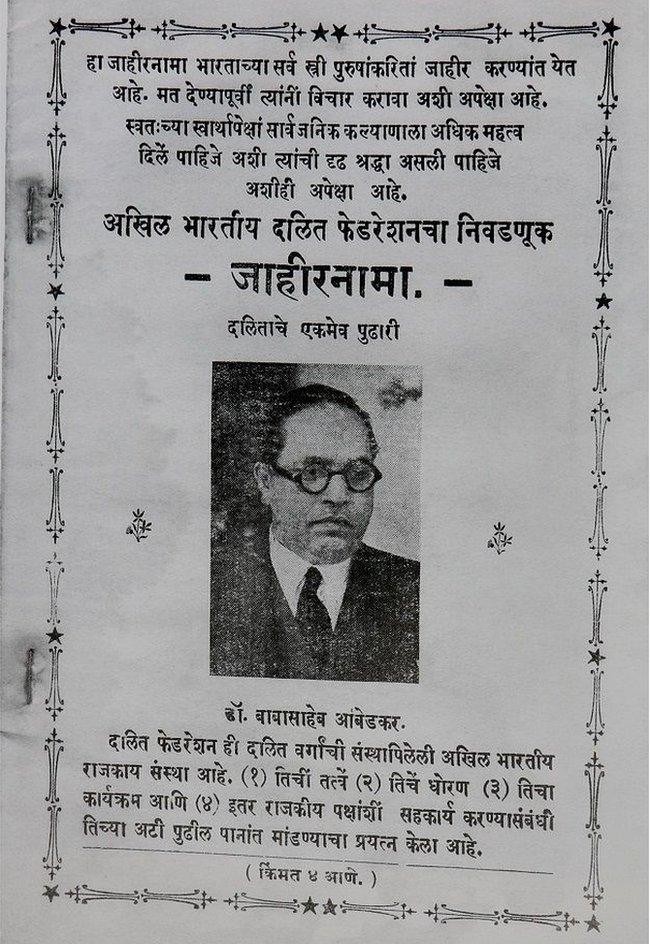
A photograph of the election manifesto of the party founded by Dr Ambedkar
In 1946, Dr Ambedkar founded a political party to campaign for the rights of the Dalit community.
Historians have said that his legacy as a socio-political reformer has had a profound effect on modern India, and he is often credited with representing a new kind of ambition in India - one that focused on lifting up the lower castes.
All photos were obtained with the courtesy of Deeksha Bhoomi, Nagpur and Lokwangamay Publications.